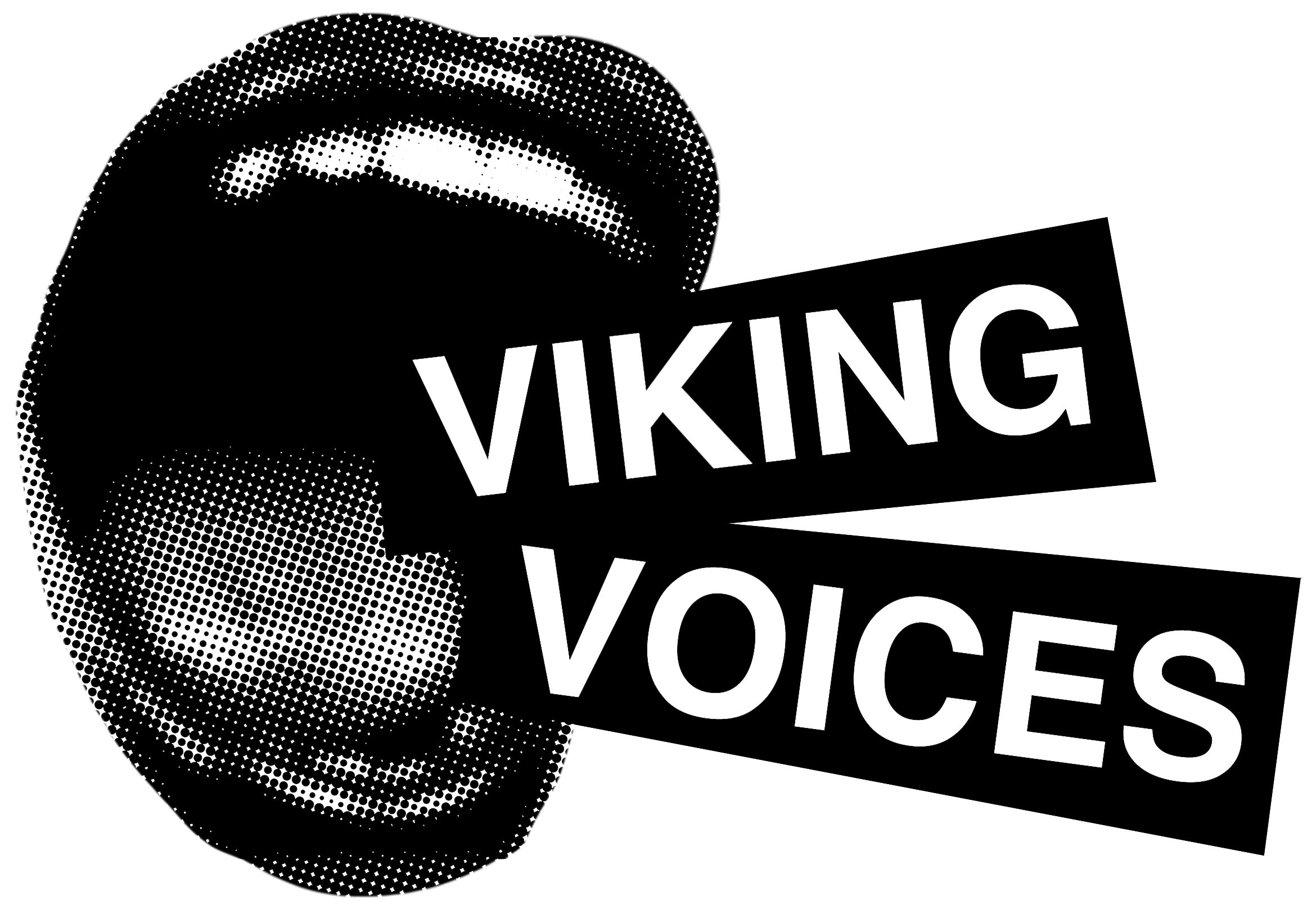There is a disturbing trend in horror films. In many modern movies, terror doesn’t lurk in the night. It stands in full sight on screen. Stabbing, gutting and forcing victims’ blood to spill out (as well as the audience’s lunch), horror films are becoming nothing more than torture porn.
Getting off on blood
There is a disturbing trend in horror films.
In many modern movies, terror doesn’t lurk in the night. It stands in full sight on screen. Stabbing, gutting and forcing victims’ blood to spill out (as well as the audience’s lunch), horror films are becoming nothing more than torture porn.
With today’s release of Saw IV (not screened for critics, of course), the newest edition in a series that helped usher in the recent wave of torture porn films, it looks like there is no end in sight.
Torture porn films don’t feature cartoon-y violence like in Nightmare on Elm Street, or a social message like in Dawn of the Dead. They are generally poorly shot and poorly scripted, and the camera never cuts away at the times you’d think it would. Torture porn filmmakers get off on the mutilation of screaming humans and plunging knives.
These films have long been popular for a small sect of gore hounds, but in the last few years they have busted into the mainstream. There was Wolf Creek, where a woman’s spine is severed and she is mocked for being nothing more than a “head on a stick,” and Hostel, where victims are gleefully ripped apart. And The Hills Have Eyes remake, where a woman is raped by mutant rednecks and her baby is subsequently blown to bits with a gun.
That these films attract mass audiences and even children is alarming. Not just because of the unrelenting amount of gore and torture, which wouldn’t stand out in a Marquis de Sade novel, but also because of the cash they make. Masses of enthusiastic horror fetishists flock to the screenings, laughing and cheering while victims are sacrificed on screen for their pleasure.
Have you ever noticed that the filmmakers of torture porn are usually men who act out their misogynistic fantasies about forcing young women (it’s almost always women) to undergo extreme physical and emotional pain with no chance of escape? And for what? In most cases, they are slaughtered for no reason other than the fact that they are women. Is there a moral or point here? No.
Die-hard fans of the torture-horror genre will protest these criticisms. They will say the horror on screen merely represents the horror in everyday life. They will ask, “At a time when murders are pimped out by trash news pundits like Nancy Grace, what is wrong with these films?”
The answer is a lot. The films don’t only make the audience sick and nihilistic, but they are also ruining the horror genre.
Good horror films have a point, whether it’s to scare the audience, make them laugh or make them think. But they aren’t all conceptual either: The best films of the genre (Silence of the Lambs, The Fly) have fleshed out characters with real motivations and interesting plot twists.
Can shocking audiences be artistic? Yes, when it’s done with skill. Filmmakers have been using shock tactics and disgusting imagery since the early days of cinema. In 1928’s Un Chien Andalou, director Luis Buneul and co-writer Salvador Dali set out to alienate viewers when they famously sliced a woman’s eye in half onscreen with a razor blade. Audiences were shocked.
That film was surrealistic and dreamlike on purpose, and the frightening imagery added up to something greater than its parts. But torture horror films, like Saw IV, are sure to be made with ineptitude, a lack of clarity and a single-minded vision to destroy humans as horrifically as possible. They become geek shows–where the only moral is that you will be cut. End of story.
Horror films at the top of their game can transcend the genre and become great art. All torture porn strives to do is sicken, terrorize and present life as empty and futile. The filmmakers have the right to make them, just as discerning horror fans have the right to demand better.
Horror films for non-idiots
The Descent: A slow build leads to 45 minutes of pure, unrelenting terror. Characters with real motivations are thrust into a claustrophobic world and go places they and the audience will never expect.
Henry: Portrait of a Serial Killer: A psychological study of a vile murderer, whom the audience scarily starts to identify with by the end of the film.
The Devil’s Rejects: It’s about as violent and disturbing as a mainstream film can get, but still made with flair and quality. It knows when to take the audience to the edge and when to pull them back.
28 Days Later… : This film gives characters who the audience cares about, which makes it all the more frightening and emotional when they are threatened with imminent death. Like any good film, it transcends its genre, giving the audience more than it expects.
The Exorcist: One of the classics, this film shows that you don’t need cheap jumps and gore to frighten the audience. Imagery and mood-setting can be more frightening than monsters.




